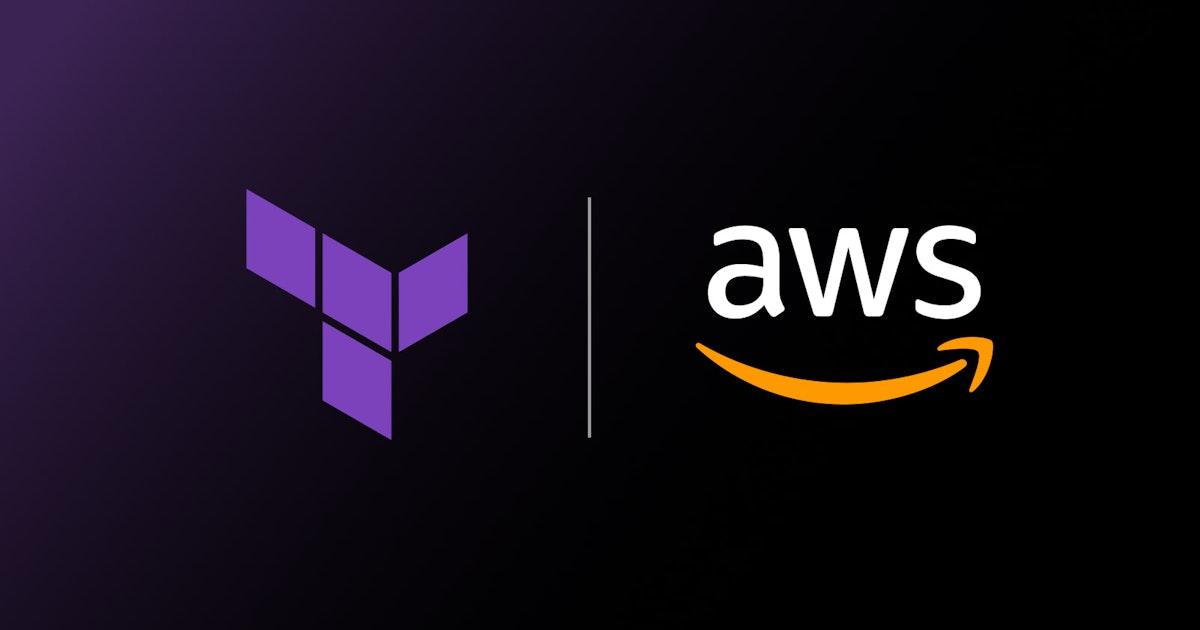Analysis Report
News Summary
Swimlane, a security automation company, announced the successful completion of a $45 million funding round. The investment, led by Energy Impact Partners and Activate Capital, will be used to enhance Swimlane's low-code platform capability, expand market reach, and scale operations globally. The funding reflects the growing demand for automated security solutions in the cybersecurity sector.
6-Month Context Analysis
Over the past six months, the cybersecurity industry has seen a marked increase in investments targeting automation and low-code solutions. Swimlane’s recent funding round mirrors similar actions by comparable entities like Palo Alto Networks and Fortinet which have also been investing heavily in automation technologies to streamline security processes. This trend is largely driven by the need to cope with increasingly sophisticated cyber threats and the shortage of skilled cybersecurity professionals. Hence, there has been a consistent theme of leveraging technology for efficiency and scalability within the industry.
Future Trend Analysis
Emerging Trends
This news highlights the growing preference for low-code and automated solutions in cybersecurity. The continued investment in such technologies is indicative of a larger shift within the industry towards platforms that reduce complexity and enhance operational efficiencies through automation.
12-Month Outlook
Over the next 6 to 12 months, we can expect heightened adoption of security automation platforms, particularly in enterprises looking to simplify their security processes. Additionally, other security companies might follow Swimlane’s lead, seeking investments to advance their automation capabilities and capitalise on this growing market demand.
Key Indicators to Monitor
- Venture capital trends in cybersecurity automation
- Adoption rate of low-code platforms in large enterprises
- Integration of AI technologies in automated security systems
- Number of security breaches reported in automated systems
Scenario Analysis
Best Case Scenario
The integration of the $45 million funding leads to significant advancements in Swimlane's platform, positioning it as a leader in security automation. The company’s market expansion efforts succeed, resulting in increased global presence and market share.
Most Likely Scenario
Swimlane utilises the funding to improve its platform incrementally, leading to steady growth in its client base as companies increasingly adopt automated solutions. The company makes measurable gains in expanding its market footprint, particularly in regions keen on adopting security automation.
Worst Case Scenario
Challenges in scaling operations and integrating the funding could result in delayed product enhancements. Intensified competition may limit Swimlane’s market expansion efforts, possibly stalling growth.
Strategic Implications
For security leaders, the emphasis should be on evaluating the potential of low-code platforms to enhance security operations. Investors should look for companies in the cybersecurity domain that are pushing automation boundaries. Organisations need to consider partnerships with automated security solution providers to bolster their cyber defence capabilities.
Key Takeaways
- Emphasis on security automation is becoming critical as threats grow increasingly sophisticated.
- Investment in low-code solutions is a key driver of operational efficiency in cybersecurity.
- Monitoring venture capital trends can provide insights into future cybersecurity technology advancements.
- Competition within the cybersecurity automation space is expected to intensify.
- Strategic alliances with firms like Swimlane could provide competitive advantages.
Source: Axios News














Discussion